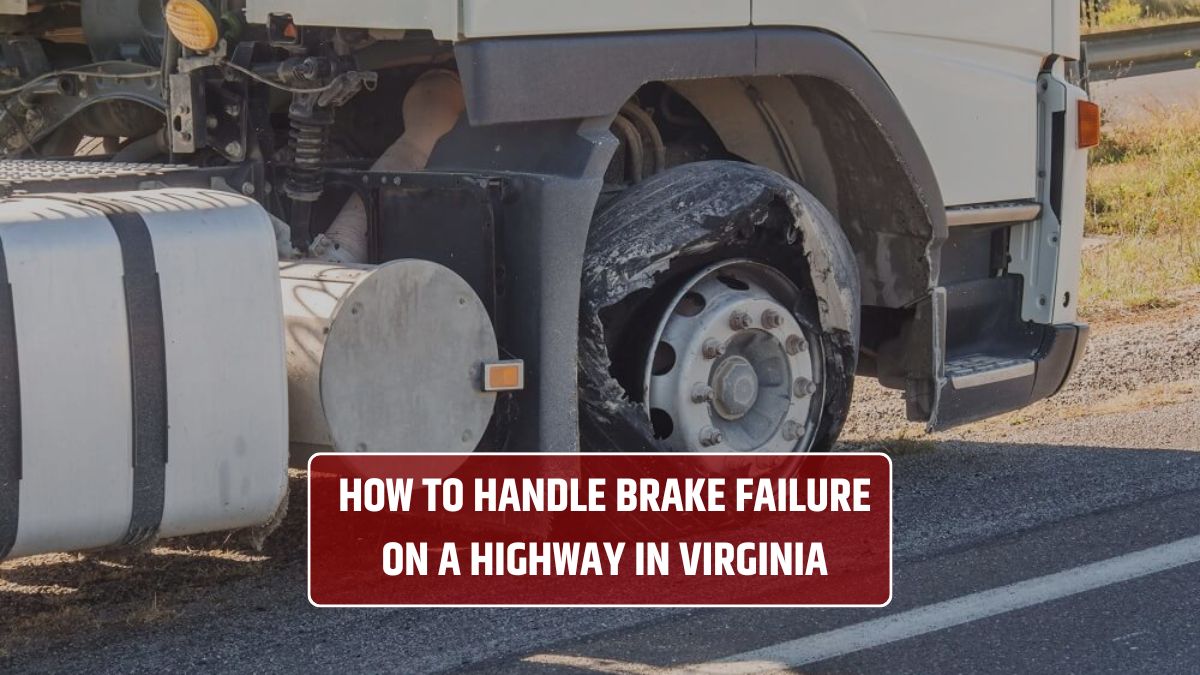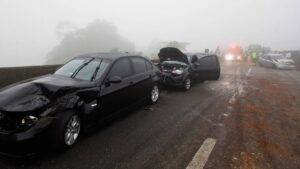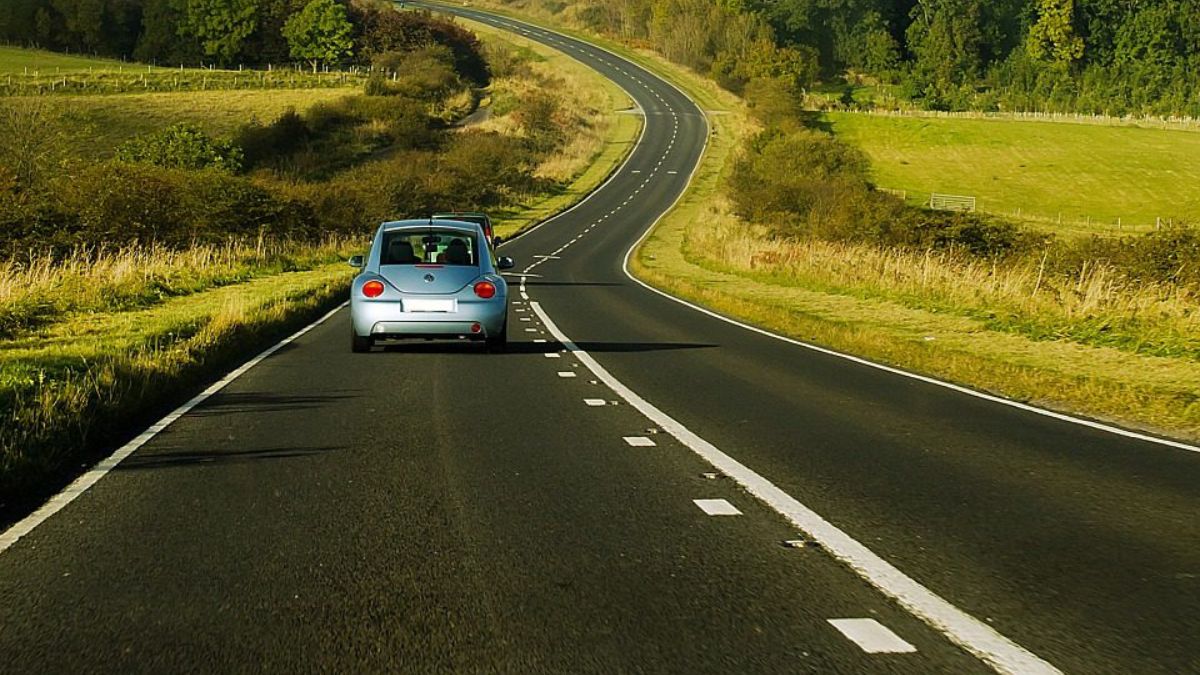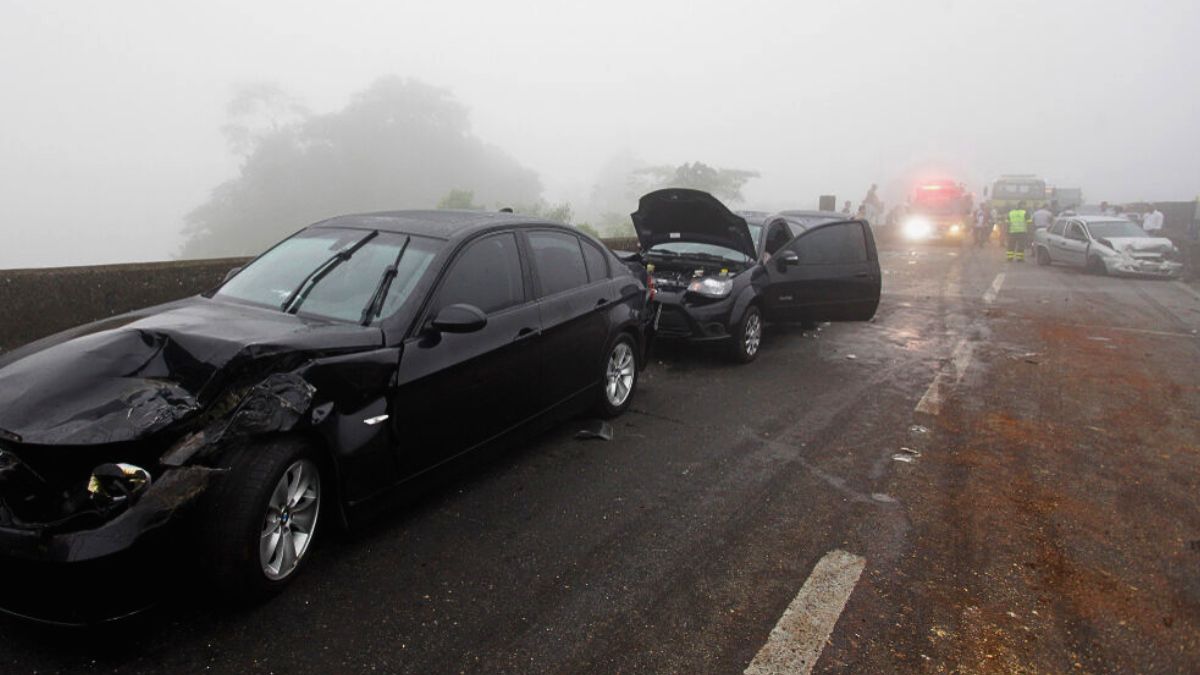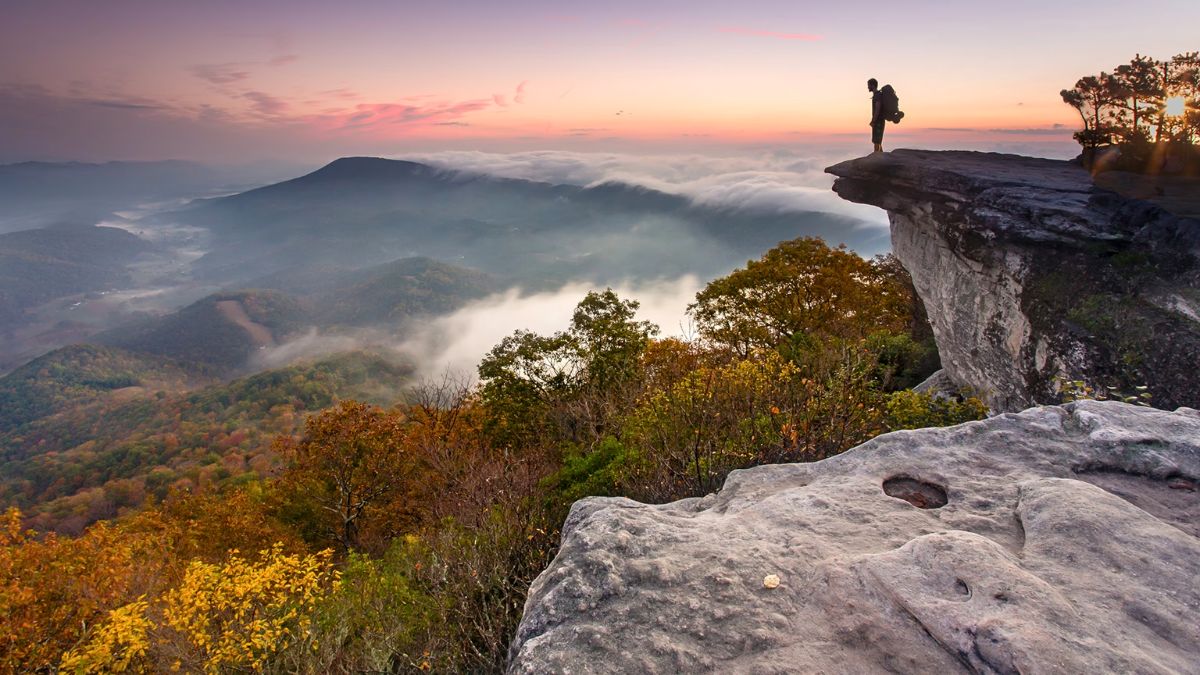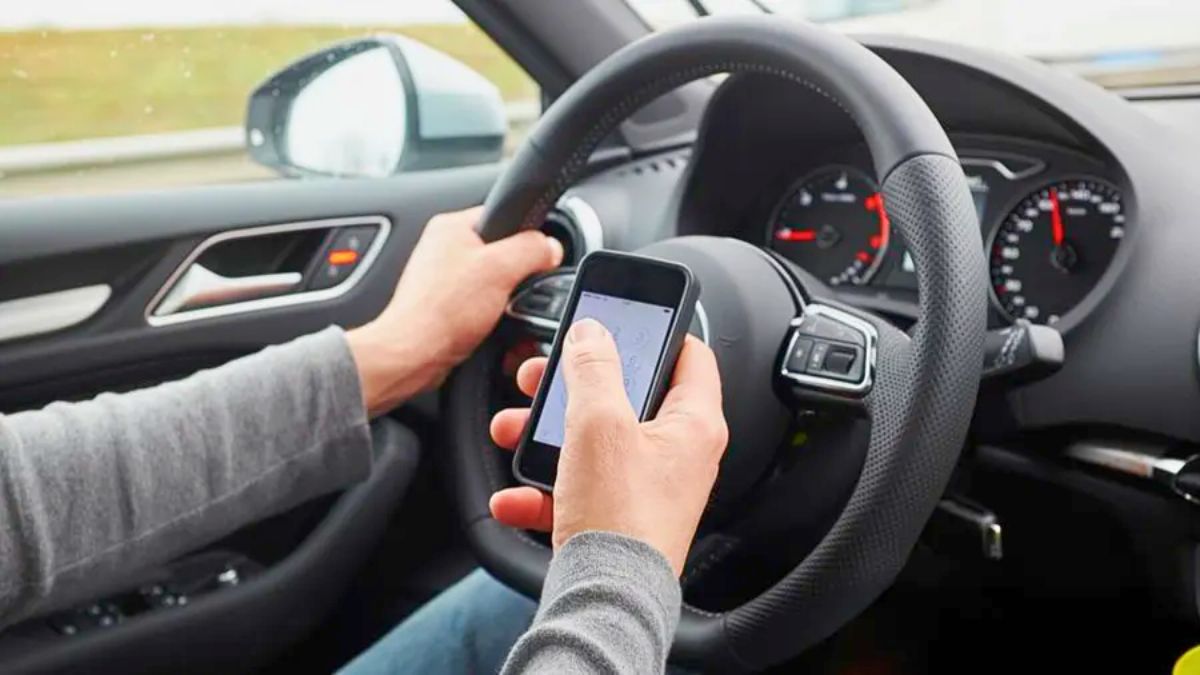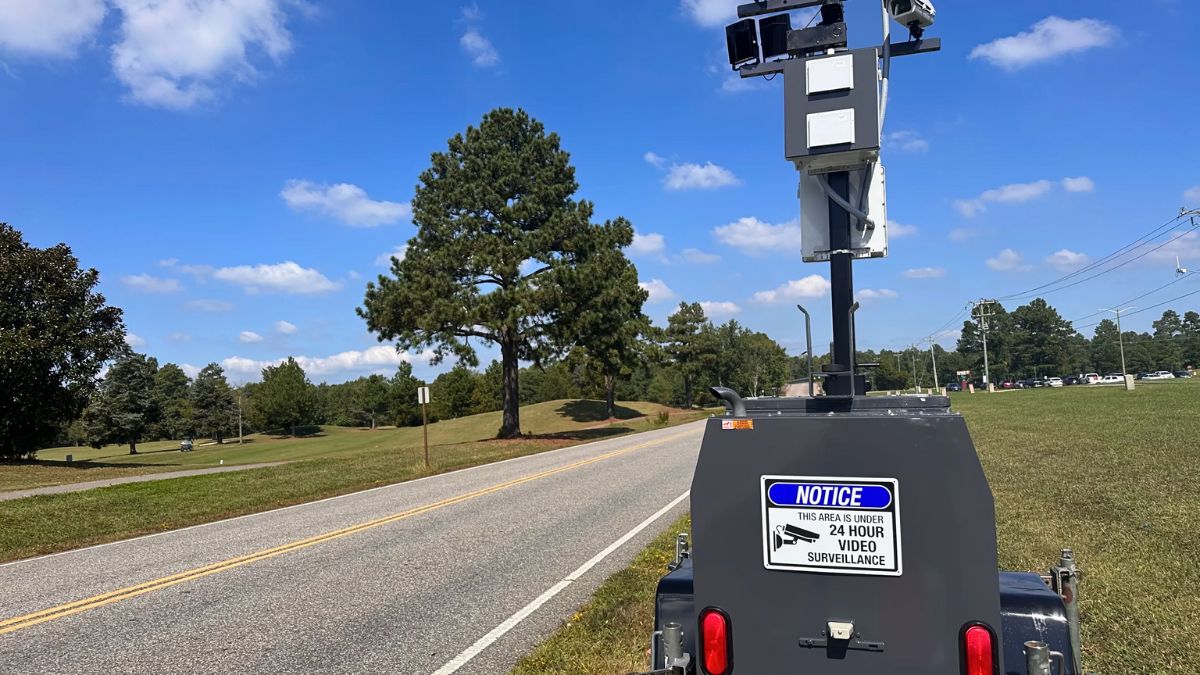Losing your brakes on a highway is one of the scariest situations you can face behind the wheel — especially in a place like Virginia, where high-speed traffic, mountain roads, and busy interstates mix together. But if you act fast and smart, you can get through it safely. Here’s what to do if your brakes suddenly stop working while driving on a Virginia highway.
Stay Calm
This is step one — don’t panic. Seriously. When your brakes go out, your first reaction might be to freak out or start hitting the pedal harder. But panicking won’t stop your car. You need a clear head to take control.
Take a deep breath. Keep your eyes on the road. Turn on your hazard lights to alert other drivers that something’s wrong.
Pumping
If you have standard brakes (not ABS), try pumping the brake pedal quickly. Sometimes, brake failure is caused by a temporary loss of pressure — and pumping might restore it just long enough to get off the highway.
If your car has anti-lock brakes (ABS), just apply firm, steady pressure. Don’t pump — it won’t help.
Downshifting
Next, shift your car into a lower gear. This is called engine braking, and it’s a great way to slow down without relying on your brakes. In an automatic, you can usually shift to “3,” “2,” or “L” depending on the model. In a manual, just shift down one gear at a time.
Downshifting slows the car gradually using resistance from the engine — it’s not fast, but it works.
Hand Brake
Use your emergency brake or parking brake slowly and carefully. It’s designed to stop the car when the regular brakes fail, but it works on the rear wheels only. That means it can lock up and cause skidding if you yank it too fast.
Pull the handbrake gently. If it’s a button or switch, apply it slowly. This can help slow the vehicle enough to steer off the road safely.
Exit
Start scanning for a safe exit. In Virginia, highways like I-64, I-95, and I-81 have regular off-ramps, emergency pull-offs, and even truck escape ramps in mountainous areas.
Signal your lane changes clearly and steer toward the shoulder or a runaway truck ramp if one is available. Use your horn if needed to alert drivers around you.
Try to coast into a flat area or uphill stretch — gravity will help you slow down. Avoid downhill areas that make things worse.
Friction
Still can’t stop? Use the environment to your advantage. Rubbing your tires gently against a guardrail or rumble strip can create enough friction to slow you down. It might cause cosmetic damage to your car — but that’s a small price to pay for your life.
Avoid swerving into grass or medians unless it’s absolutely necessary. You might hit a hidden ditch or lose control completely.
Aftermath
Once you’ve come to a stop, leave your hazard lights on, shift to park, and call for help. Don’t try to drive again — brake failure is not something you can “just deal with” later.
In Virginia, contact VDOT Safety Service Patrol or dial #77 for roadside assistance. If you’re in an accident, call 911 immediately.
Here’s a quick breakdown of what to do in order:
| Step | Action |
|---|---|
| Stay Calm | Breathe, turn on hazards |
| Pump Brakes | Try to regain pressure |
| Downshift | Use engine braking |
| Use Handbrake | Apply gently for backup braking |
| Steer to Safety | Exit or pull over slowly |
| Use Friction | Rub tires if necessary |
| Call for Help | Contact VDOT or emergency services |
Brake failure is terrifying, no doubt. But with quick thinking, you can steer yourself out of danger — even at 70 mph. Your best tool in that moment isn’t a pedal — it’s your mind.
FAQs
Should I use the emergency brake?
Yes, but apply it slowly to avoid skidding.
Can I downshift in an automatic?
Yes, shift to a lower gear like 2 or L.
What if brakes fail going downhill?
Use engine braking and look for escape ramps.
Who to call in Virginia for help?
Call VDOT at #77 or dial 911 for emergencies.
Is pumping the brakes helpful?
Yes, for non-ABS brakes, it may restore pressure.
